Habitat
Distribution:
The Green Rump Rosella is native to the southern and eastern regions of Australia, particularly in woodlands and forested areas.
Environment:
In captivity, they require a spacious aviary or large cage with plenty of room to fly, climb, and explore. Providing perches, toys, and enrichment is essential for their well-being.
Diet
Primary Food:
In the wild, their diet consists of seeds, fruits, nuts, and berries. They may also eat flowers and insects.
Captivity Diet:
In captivity, a balanced diet should include high-quality pellets, seeds, fresh fruits, vegetables, and occasional protein sources like boiled eggs.
Feeding Behavior:
Green Rump Rosellas are active foragers. They use their beaks to crack seeds and enjoy exploring their food in their environment.
Breeding
Breeding Season:
In captivity, they can breed year-round. In the wild, their breeding season is typically from September to January.
Nest Location:
They nest in tree hollows in the wild. In captivity, a suitable nest box with appropriate bedding is essential.
Egg Quantity:
Clutches usually consist of 4 to 6 eggs.
Incubation Period:
The incubation period lasts about 18 to 21 days.
Fledging:
Chicks fledge approximately 6 to 8 weeks after hatching.
Lifespan
In the Wild:
Green Rump Rosellas can live around 10 to 15 years.
In Captivity:
With proper care, they can live up to 15 to 20 years.
Behavior
Temperament:
Green Rump Rosellas are active, curious, and social birds. They enjoy interacting with other birds and their human caregivers.
Social Interaction:
They are social and affectionate, often enjoying interaction with their caregivers. They thrive on handling and play.
Vocalization:
They produce a range of sounds including chirps, whistles, and squawks. Their vocalizations are generally pleasant and moderate in volume.
 Gray Shaft Tail
2 × ₨ 14,000
Gray Shaft Tail
2 × ₨ 14,000 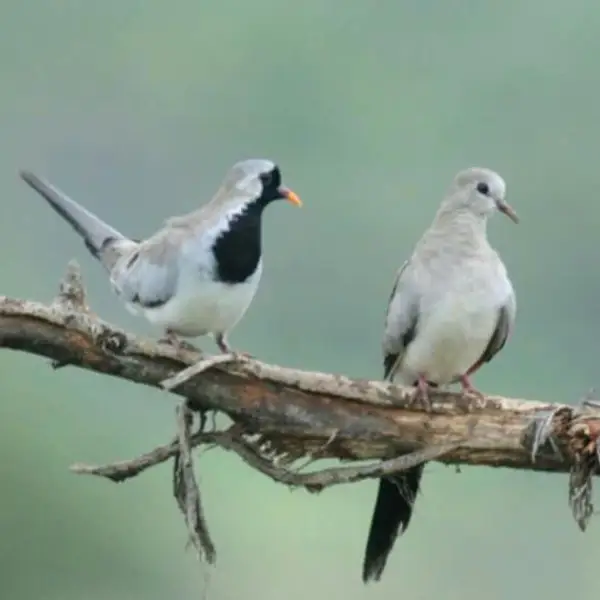 Cape Dove
1 × ₨ 30,000
Cape Dove
1 × ₨ 30,000 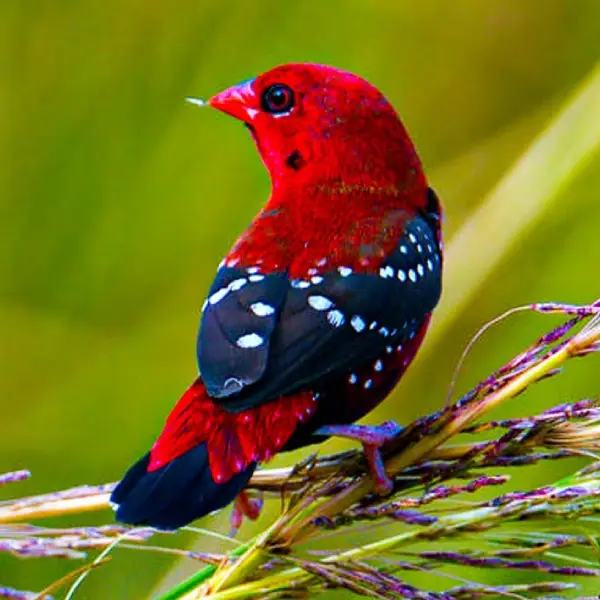 Strawberry Finch
1 × ₨ 3,500
Strawberry Finch
1 × ₨ 3,500  Green Opaline
1 × ₨ 3,000
Green Opaline
1 × ₨ 3,000  Crested Dove
2 × ₨ 35,000
Crested Dove
2 × ₨ 35,000 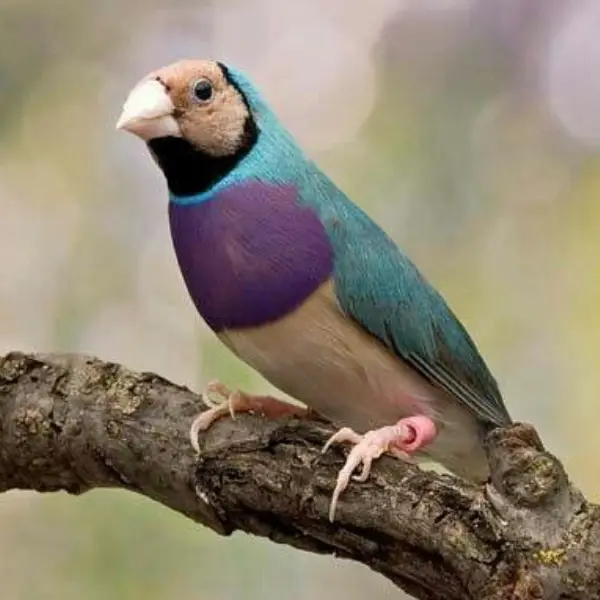 Blue Gouldian Finch
1 × ₨ 20,000
Blue Gouldian Finch
1 × ₨ 20,000  Zebra Dove
1 × ₨ 15,000
Zebra Dove
1 × ₨ 15,000  Red Pied Dove
1 × ₨ 6,000
Red Pied Dove
1 × ₨ 6,000  Owl Finch
1 × ₨ 16,000
Owl Finch
1 × ₨ 16,000 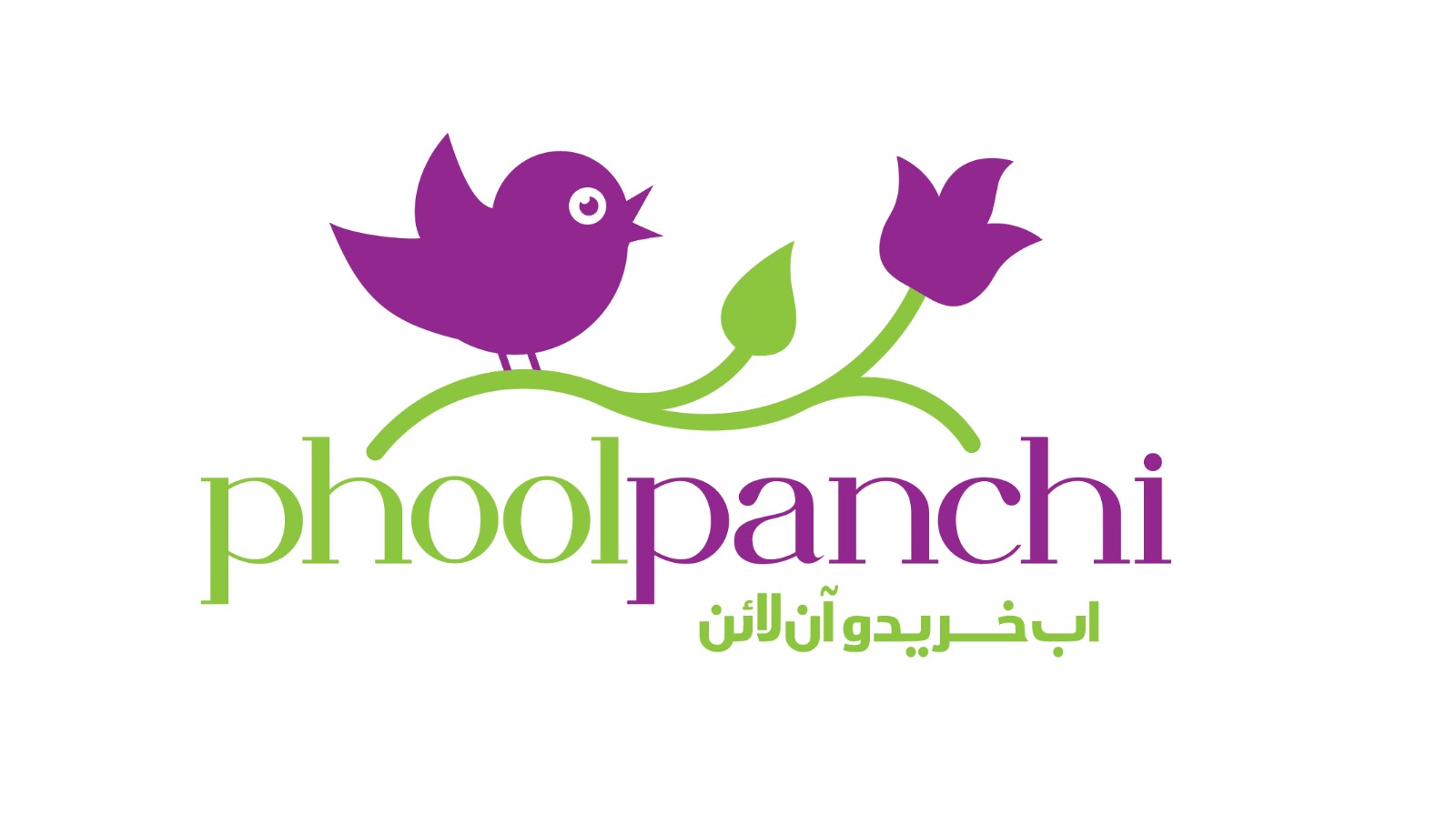

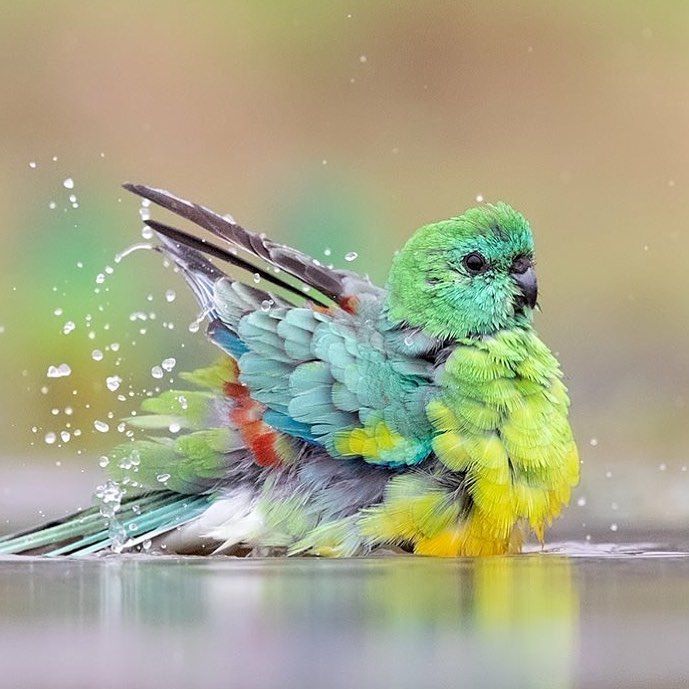
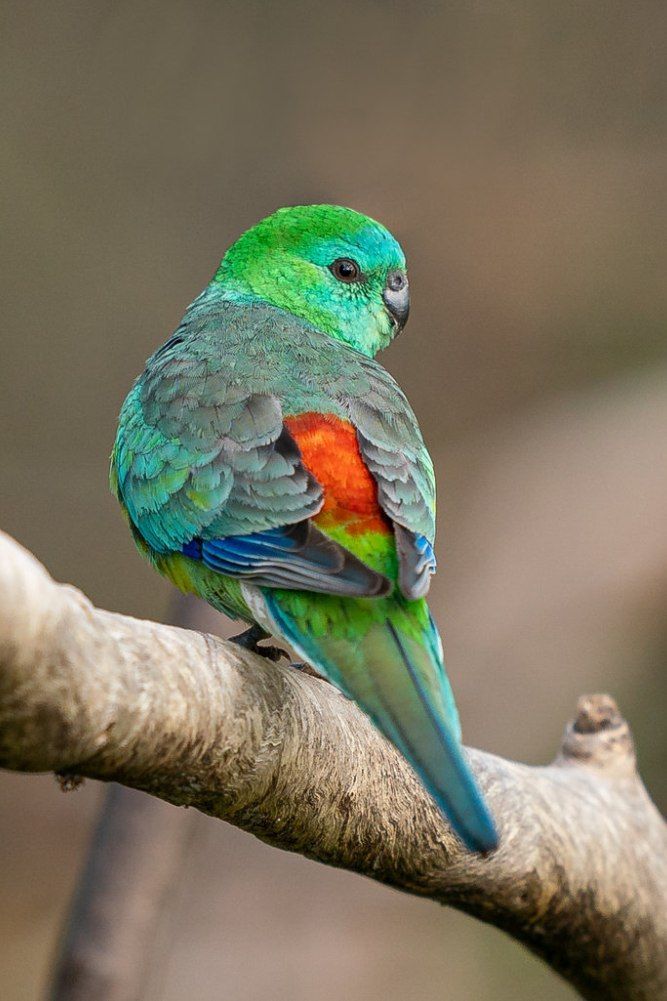
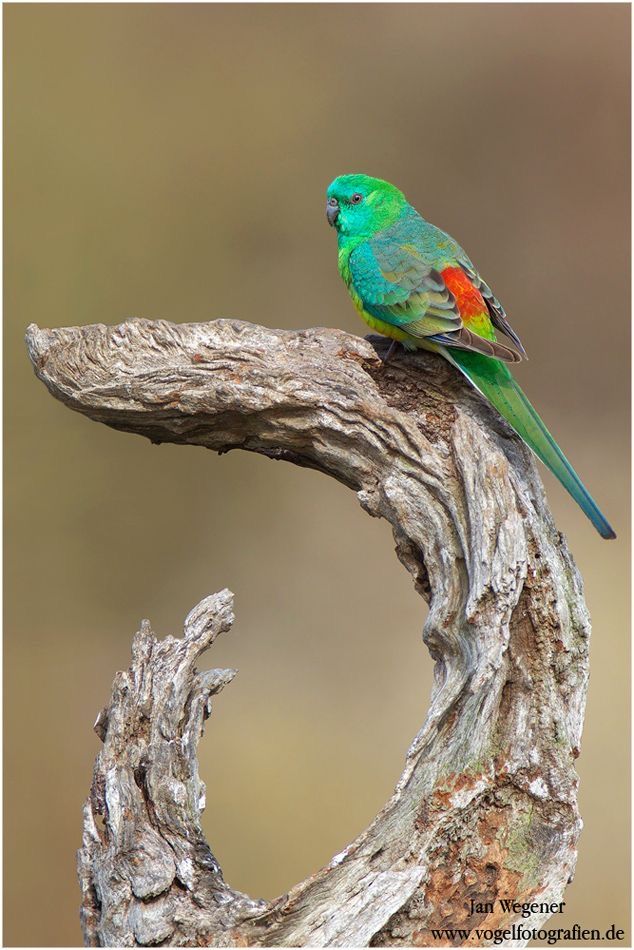
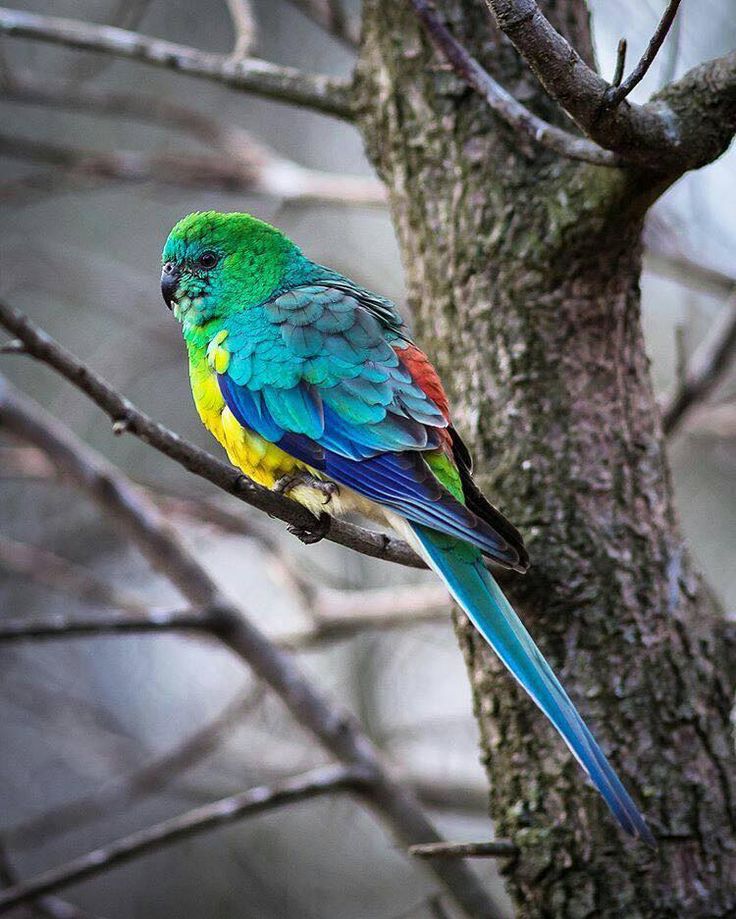
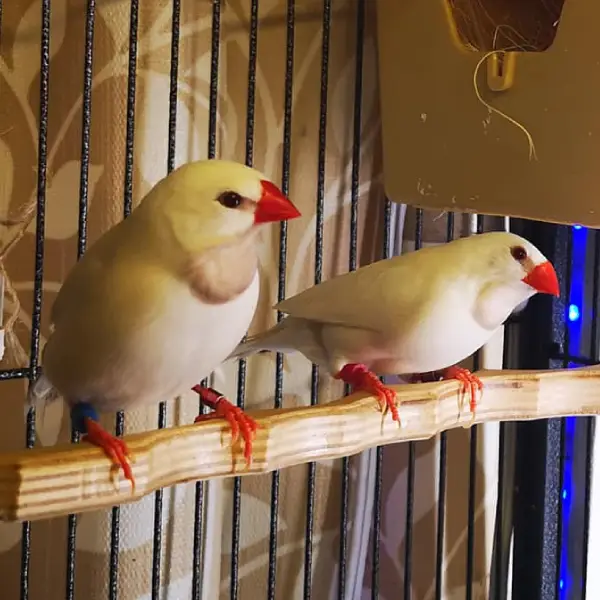
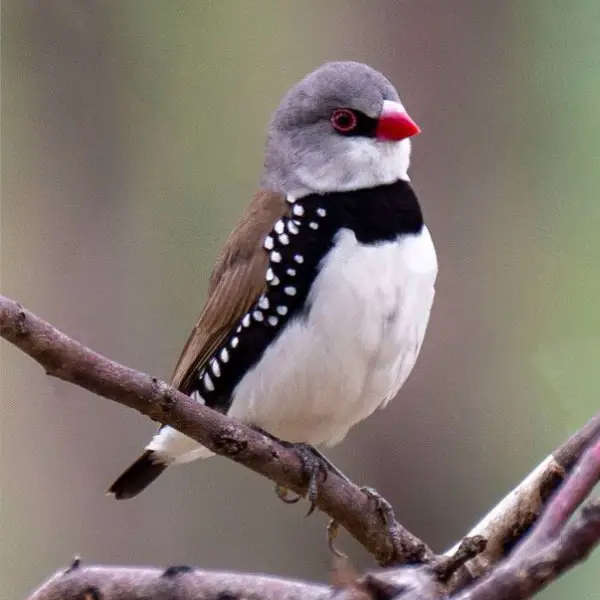
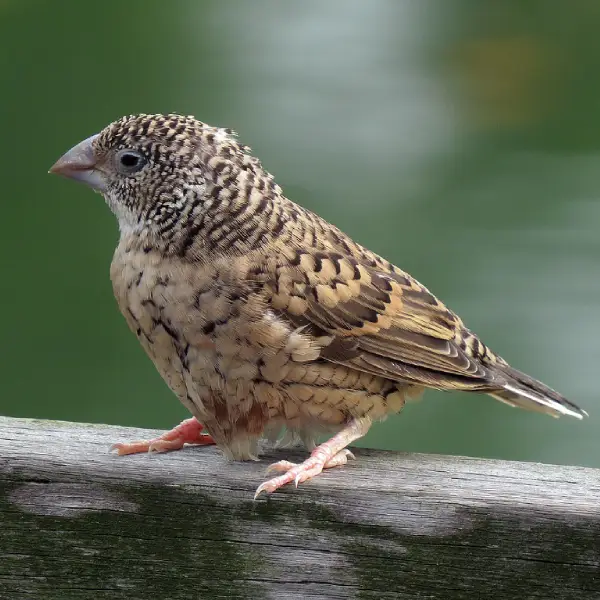

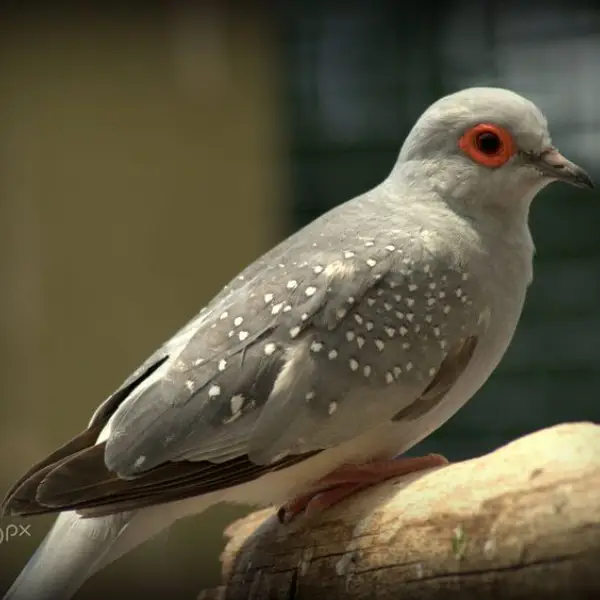
Reviews
There are no reviews yet.